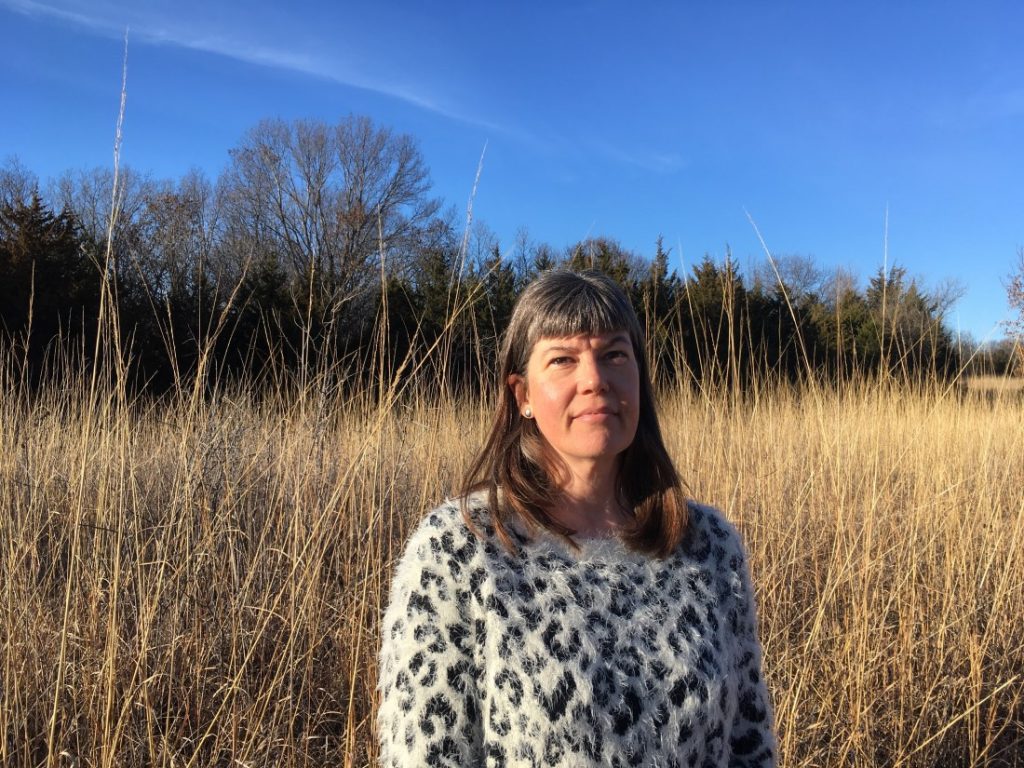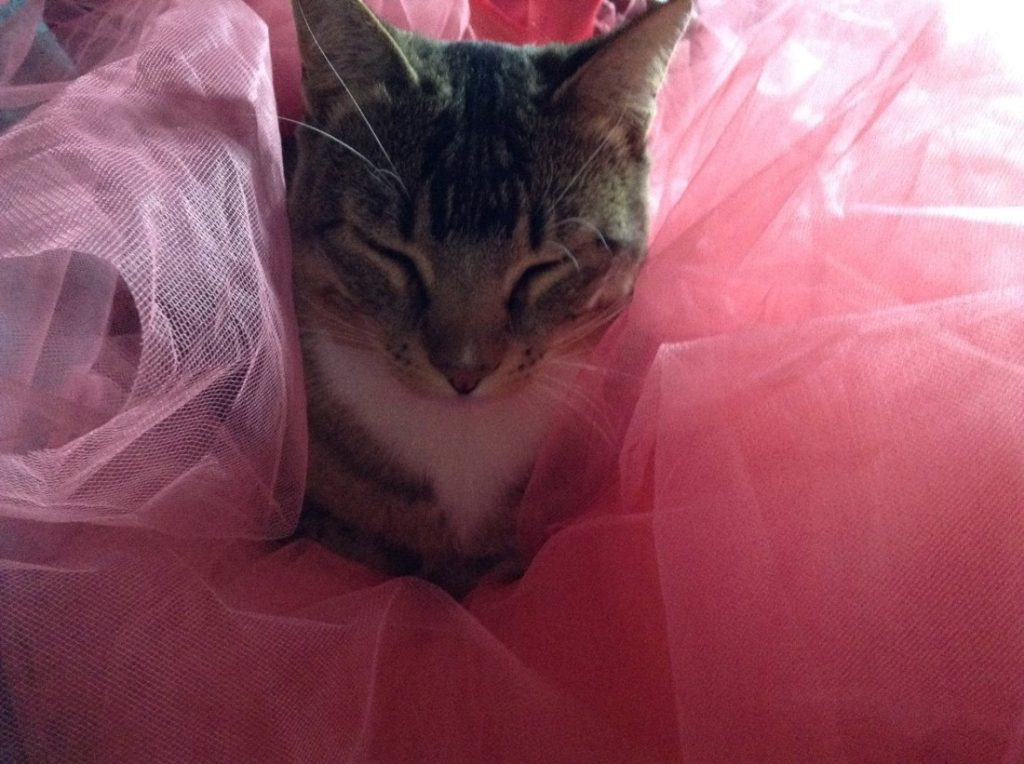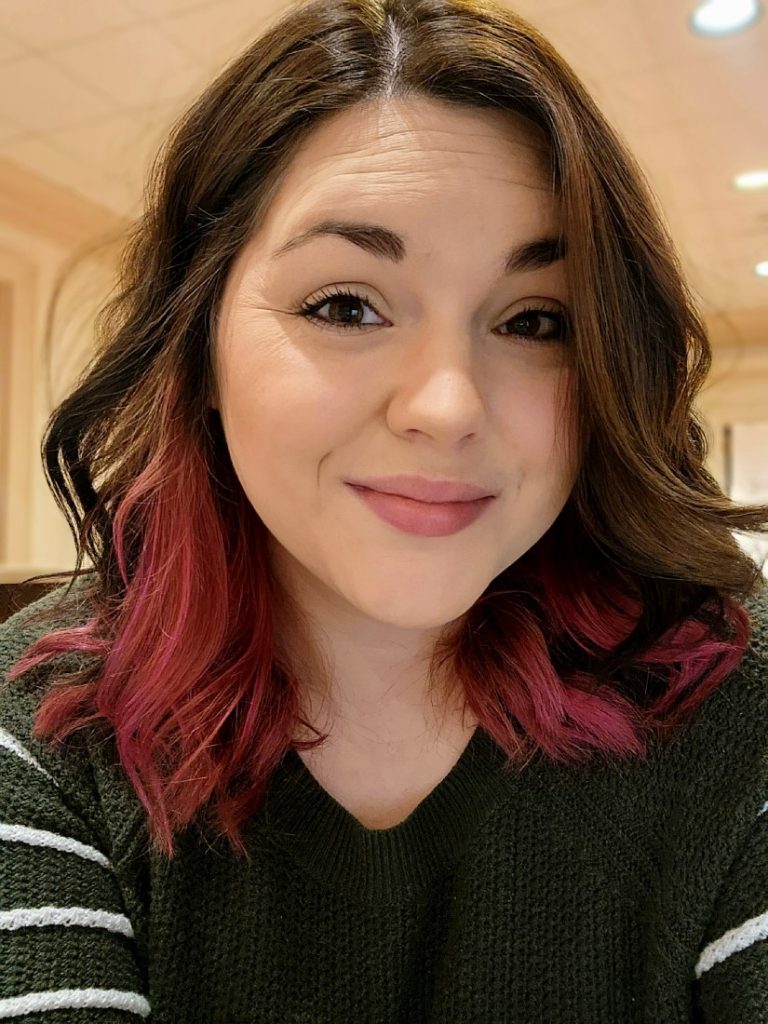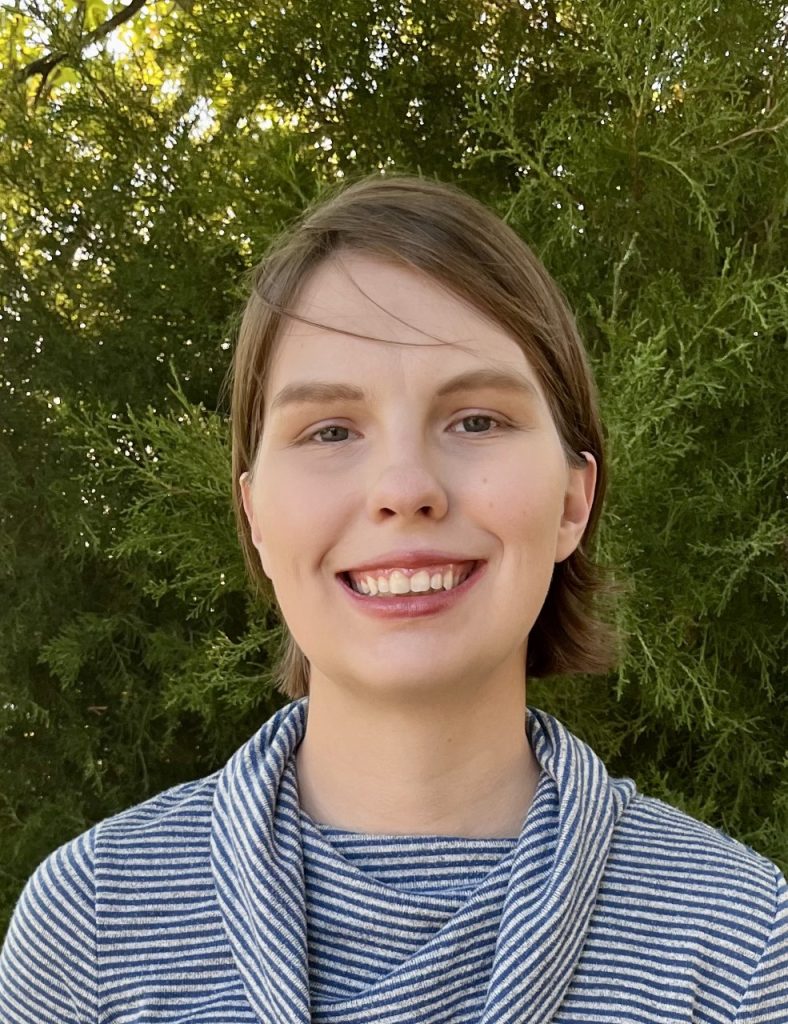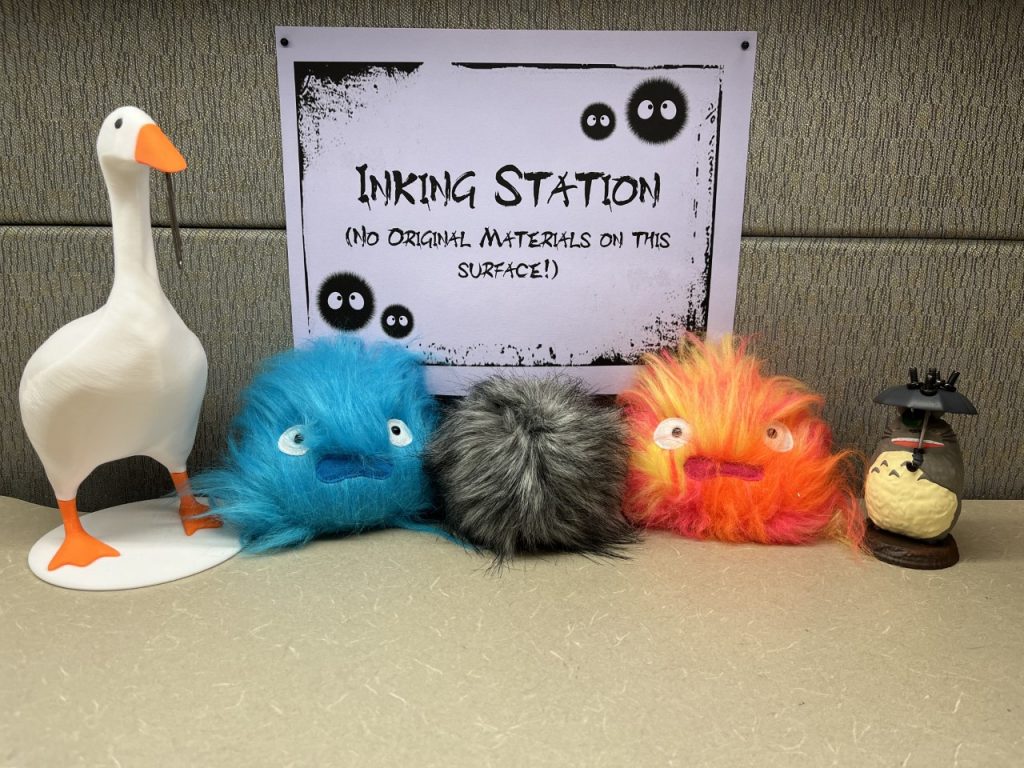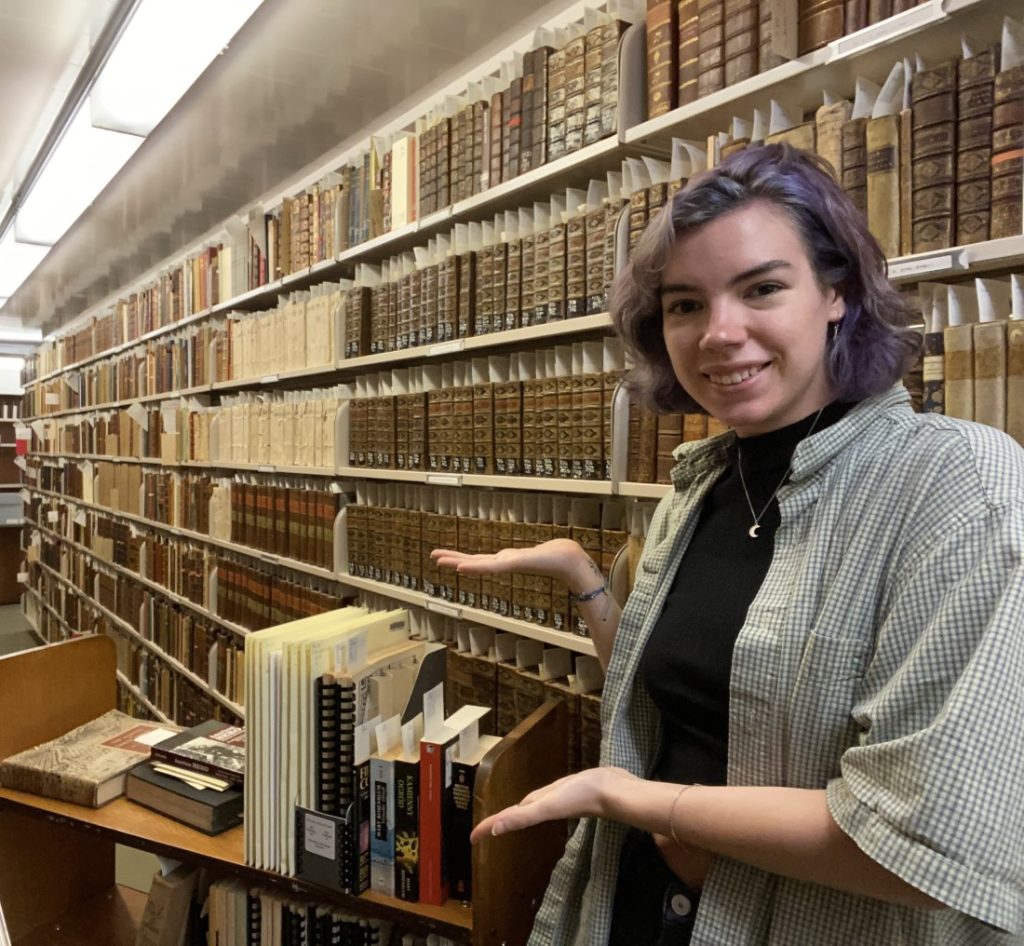Student Spotlight: Jenna Bellemere
March 28th, 2023This is the latest installment in a series of posts introducing readers to student employees who make important contributions to the work of Spencer Research Library. Today’s profile features student assistant Jenna Bellemere, who is the Cataloging and Archival Processing Department’s G. Baley Price Fellow this year. This is a student assistant position for undergraduate or graduate students interested in pursuing a career in archives and special collections or a career in which research in archives and special collections will play a prominent role. The fellowship is designed to give students hands-on experience organizing, cataloging, and preserving Kenneth Spencer Research Library’s materials and making them accessible to others. Jenna answered a few questions about the projects she works on at Spencer. Some editorial or clarifying comments from Spencer staff are [in brackets].
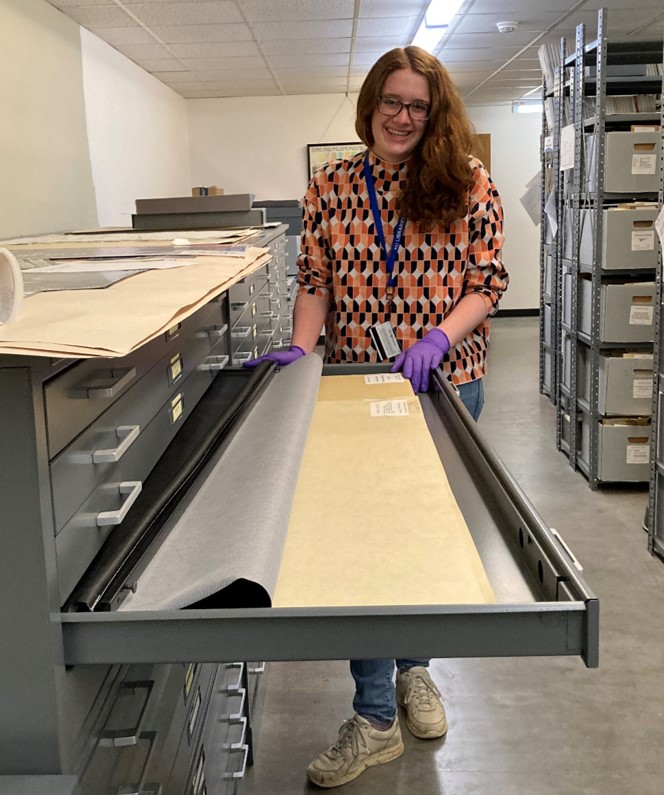
Please provide some brief biographical information about yourself.
I’m a junior at KU, majoring in Anthropology and Women’s, Gender, and Sexuality Studies. I started working at Spencer in February 2022.
What does your job at Spencer entail?
I’m working on updating our inventory of the University Archives, which means I spend a lot of time going through the documents we have in storage here and making sure that they’re all accounted for in our database [ArchivesSpace, our collection management system]. It’s been several years since the last update, which means there are a lot of new records in the archives that haven’t been fully catalogued yet. It’s my job to go through those records and write down all the important information about them so that researchers and the public can come to the Spencer and access them. I also write parts of the historical notes and finding aids summarizing our collections’ history and their contents.
Why did you want to work at Spencer Research Library?
In fall of 2021, I knew I wanted to get a job somewhere on campus, but I wasn’t sure where. I was looking for a job in one of the libraries on campus because I love to read and I wanted to work around books, and I stumbled across the posting from the Spencer. It wasn’t exactly what I had started out looking for, but I thought it looked interesting, so I applied. I’m interested in history, and the idea of getting to work directly with primary sources was interesting to me, so I felt confident it would be a good fit if I got the job.
What has been most interesting to you about your work?
When I have to explain to my friends why I think my job is so interesting, there’s one story I always tell them. It might be a little morbid, but it’s also a great demonstration of why I find archival work rewarding.
I was sorting through a fairly big series of faculty records [probably a series in the Faculty and Staff record group] and looking at some of the documents in more detail to get a better idea of what types of records researchers might expect to find there. Because I hadn’t been working at the archives for very long at that point, I was taking it pretty slow, and I remember pulling out one folder of records that had been kept by a professor during her time at KU. The first document was a typewritten rough draft of a speech she was planning to give, with revisions in notes scribbled in the margins in pencil. The second document was a handwritten note from her friends thanking her for helping them move into their new house. The third document was her obituary. Each paper was presented the same way: loose in the folder, with no extraneous labels or documentation. Completely matter of fact.
I think this memory epitomizes why I love places like the Spencer. The documents I found that day originated years apart from each other – decades of someone’s life, captured in the notes and paper scraps that she may have completely forgotten she had. We tend to talk about history on the biggest scale possible, focusing on the rousing speeches and the achievements of great leaders, but getting to see those stories in such a personal way, through the insignificant, interstitial moments of a subject’s life – worrying over their word choice in a speech, helping friends move into their new home – is a much rarer and more special experience. It may seem banal, but I don’t think I have ever experienced history in a way more unadulteratedly human than that moment.
What part of your job do you like best?
See my answer to the above question. Also, sometimes they have free snacks in the break room.
What advice would you offer other students thinking about working at Spencer Research Library?
Go for it! I wasn’t really thinking about the Spencer when I started applying for jobs at KU, but I’m so glad I applied here. I really only work in one small part of the archives – there’s so much more here, like the Kansas Collection [as well as Special Collections and the Wilcox Collection], that I haven’t even touched on. If you’re at all interested in history or museum studies – or if anything you’ve seen here just seems cool to you – I definitely recommend looking for a chance to work here.
Jenna Bellemere
Cataloging and Archival Processing student assistant and G. Baley Price Fellow

